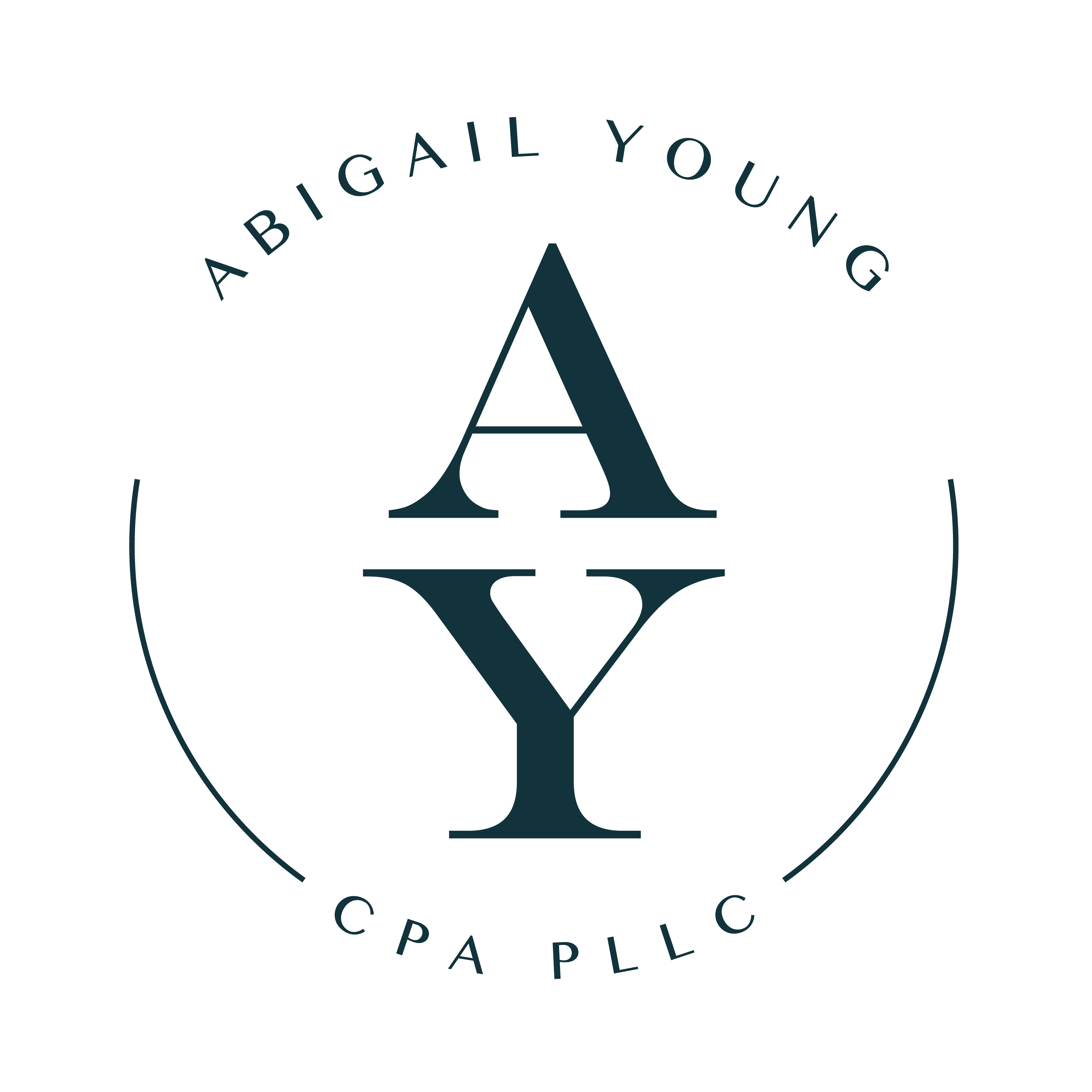Changes in Federal Tax Codes for 2025: What Do Individual Filers Need to Know?
Back in 2017, Congress passed the Tax Cuts and Jobs Act (TCJA) to change Americans’ tax burden and deductions. Now, that law is coming to the end of its life, and those provisions are set to expire. Unless Congress steps in, the TCJA will expire at the end of 2025.
Keep reading to learn about a few of the key changes you can expect to see as a result of the end of the TCJA, and then reach out to an experienced McAllen certified public accountant to get the information you need to maximize your return and minimize your tax burden.
Higher Federal Income Tax Rates
The TCJA lowered the federal tax rate for many Americans. At the end of 2025, those rates are set to go back up to their previous levels. For single filers making less than $10,725 or married couples making less than $20,275, there will be no change in rates, as well as for single filers making between $215,951 and $539,900 and married couples making between $431,901 and $647,850. All other tax brackets can expect to see increases of between 1% and 3%.
Along with increasing the tax rates, the change will also affect the income ranges for each bracket. Some filers can expect to pay a lower rate thanks to those changes. Others may see a more significant increase. You should talk to a certified public accountant to learn how your tax rate may be changing.
Reduced Standard Deduction
The TCJA also helped with Americans’ tax burdens by increasing the value of standard deductions. Under the TCJA, the value of standard deductions was nearly doubled. This means that, at the end of 2025, those deductions will be cut in half. As a result, there’s expected to be a jump in the number of people filing itemized deductions, something that dipped following the ratification of the TCJA.
For other changes to standard deductions and what they mean for your filing and financial plan, you should talk to an experienced certified public accountant.
Child Tax Credit Reduction
The TCJA also increased the child tax credit, doubling the figure from $1,000 to $2,000 per child, with up to $1,400 being refundable for filers without tax burdens. The credit was also made available to more filers, stretching the income window on both sides. At the end of 2025, the credit will drop back down to the lower amount, and fewer people will qualify. You’ll need to be making slightly more money in order to qualify, and the top cutoff will be significantly lower.
Learn More About Tax Code Changes From Certified Public Accountant Abigail Y. Murray
Knowing how the tax codes are set to change isn’t the same as knowing what to do about it, and there are other changes coming that aren’t explained above. With help from a McAllen certified public accountant, you can create a financial plan to take advantage of the tax codes currently in place and prepare for the changes around the corner.
A certified public accountant can help you identify deduction opportunities and strategies for minimizing your tax burden. Don’t miss out on the savings you could be seeing with proper planning. Reach out to Abigail Y. Murray, CPA, PLLC, for help with your finances.


